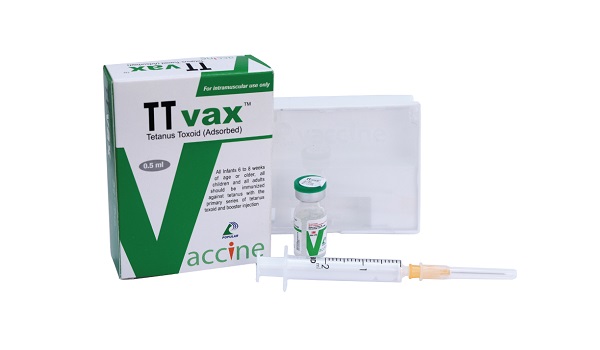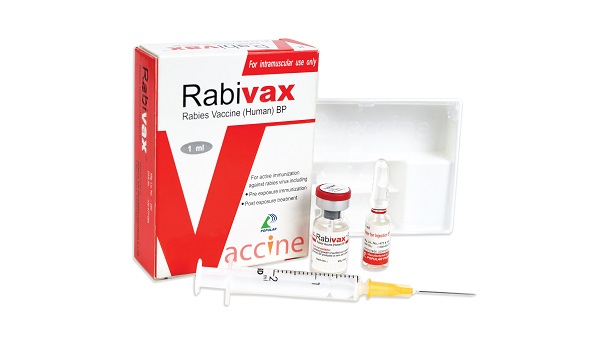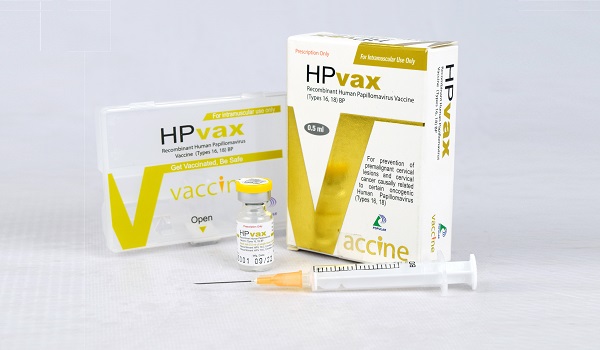Indication
HEPAVAX-B is indicated for active immunization against infection caused by all known subtypes of Hepatitis B virus. As Hepatitis D (caused by the delta virus) does not occur in the absence of Hepatitis B infection, it can be expected that Hepatitis D will also be prevented by Hepatitis B vaccination. Immunization is recommended in persons of all ages, especially those who are, or will be, at increased risk of exposure to Hepatitis B virus, for example:
- A baby whose mother is infected can be infected at birth
- Health care personnel
- Patients frequently receiving blood products
- Personnel and residents of institutions
- Persons at increased risk due to their sexual behavior
- Illicit users of addictive injectable drugs
- Sharing needles when injecting drugs
- Travelers to areas with a high endemicity of HBV
- Patients with sickle-cell anemia
- Patients who are candidates for organ transplantation
- Household contacts of any of the above groups and of patients with acute or chronic HBV infection
- Subjects with chronic liver disease (CLD) or at risk of developing CLD (e.g. Hepatitis C virus carriers, persons who abuse alcohol)
- Kidney dialysis patients
- Prisoners
- Others: Police personnel, fire brigade personnel, armed forces personnel and anybody who through their work or personal lifestyle may be exposed to HBV
Dosage & Administration
The liquid vaccine vial should be shaken before use to homogenize the suspension. It should be injected intramuscularly into the anterolateral aspect of the thigh in infants, or into the deltoid muscles of older children or adults. An injection into a child`s buttocks may cause injury to the sciatic nerve and is not recommended. The pediatric dose is 0.5 ml and adult dose is 1.0 ml. A sterile syringe and sterile needle must be used for each injection. Routine Vaccination New born, infants, children and adolescents.
Immunization Regimen
Primary immunization with HEPAVAX-B consists of three intramuscular doses. The second dose given one month after the first and the third dose administered at least four months after the second dose of HEPAVAX-B.
Immunization Schedule
1st dose | Given on fixed date |
2nd dose | 4-10 weeks after the 1st dose |
3rd dose | 4-20 weeks after the 2nd dose |
A booster dose is recommended 12 months after the 1st dose | |
A second booster dose may be required after 8 years in the high risk population if the antibody titer falls below 10 ml U/ml | |
Precautions
- HEPAVAX-B should never be given intravenously.
- HEPAVAX-B should be injected intramuscularly in the anterolateral thigh for neonates and infants.
- HEPAVAX-B should be given intramuscularly in the deltoid for adults.
- HEPAVAX-B should not be administered in the gluteal region as the immune response may be lower.
- HEPAVAX-B may be administered subcutaneously in patients with severe bleeding tendencies (e.g. haemophilics).
Pregnancy and Lactation
On the basis of limited experiences, there is no apparent risk of adverse effects of developing fetuses when hepatitis B vaccine is administered to pregnant women. Neither pregnancy nor lactation should be considered a contraindication to vaccination of women.

Product Details
Related Products

TTvax
Tetanus Toxoid VaccineVaccine

Rabivax
Rabies Vaccine (Human) BPVaccine

HPvax Injection
Recombinant Human Papillomavirus Vaccine (Types 16, 18) BPVaccine
